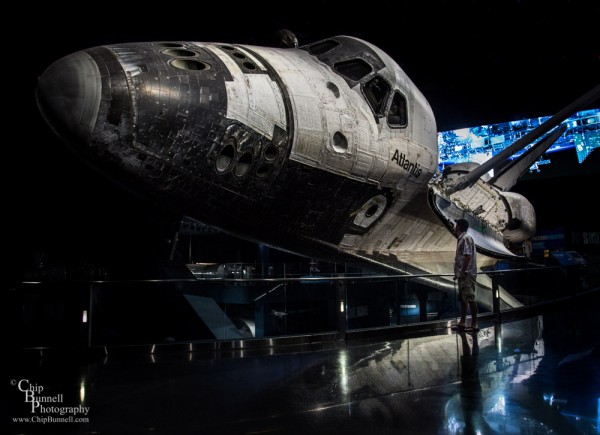 Florida is filled with many wonders of nature. Most famously, the alligator is literally a living dinosaur. Beautiful birds flock to the state and even a unique tiny deer lives near Key West. Under the warm, clear waters that surround South Florida one can find even more unique creatures such as several species of sea turtles. One of the greatest treats to divers is to see one of these majestic, and even at times playful, creatures gliding gracefully over the reef. But how did they get there? Where did they start their lives? The answer may surprise you.
Florida is filled with many wonders of nature. Most famously, the alligator is literally a living dinosaur. Beautiful birds flock to the state and even a unique tiny deer lives near Key West. Under the warm, clear waters that surround South Florida one can find even more unique creatures such as several species of sea turtles. One of the greatest treats to divers is to see one of these majestic, and even at times playful, creatures gliding gracefully over the reef. But how did they get there? Where did they start their lives? The answer may surprise you.
Each year female turtles crawl out of the dark, night waters and pull themselves across the sand to lay their eggs. Their flippers dig until the hole is the correct depth to protect their unborn young. Like pirates of the past, this mother will bury the precious treasure, leaving the tropical sand to protect and warm the developing babies. She then slides back to the same dark night seas with a hope and prayer that her children will emerge heathy a ready to take their place on nearby colorful reefs.
Roughly 6 weeks later, under the cover of darkness, a ballet of activity begins. Each of the eggs crack open and one by one the baby turtles dig their way through their protective sand roof to take their first breathes in the night air. They scurry about on the sand, guided only by their instincts and the faint light of the pre-dawn sky as they desperately looking for their new watery home. Using their tiny flippers, they turn left and right until they find the safety of the awaiting ocean. As this new birth happens under the cover of darkness, few ever see this exicting event, but we can see the proof of a great miracle…if you know what to look for in the morning sun.
This image shows that proof. Notice, in the foreground, the markings on the sand. At first, they may seem random, almost as if made by large rain drops. Upon inspection, you will see defined trails – a small center trench with impressions on both sides. The trench is the indentation from the bottom of the young turtle’s shell. The impressions on the side are made by the flippers as they pull themselves towards the waiting sea. While I was not there to witness the birth of these new turtles, I found myself staring at the marks in the sand, thinking of the flurry and excitement that had happen just hours before. Perhaps one day I will see these very same turtles under the waves on the reefs just a short boat ride away.
3 Frame HDR, Processed in LR and Topaz Clarity
